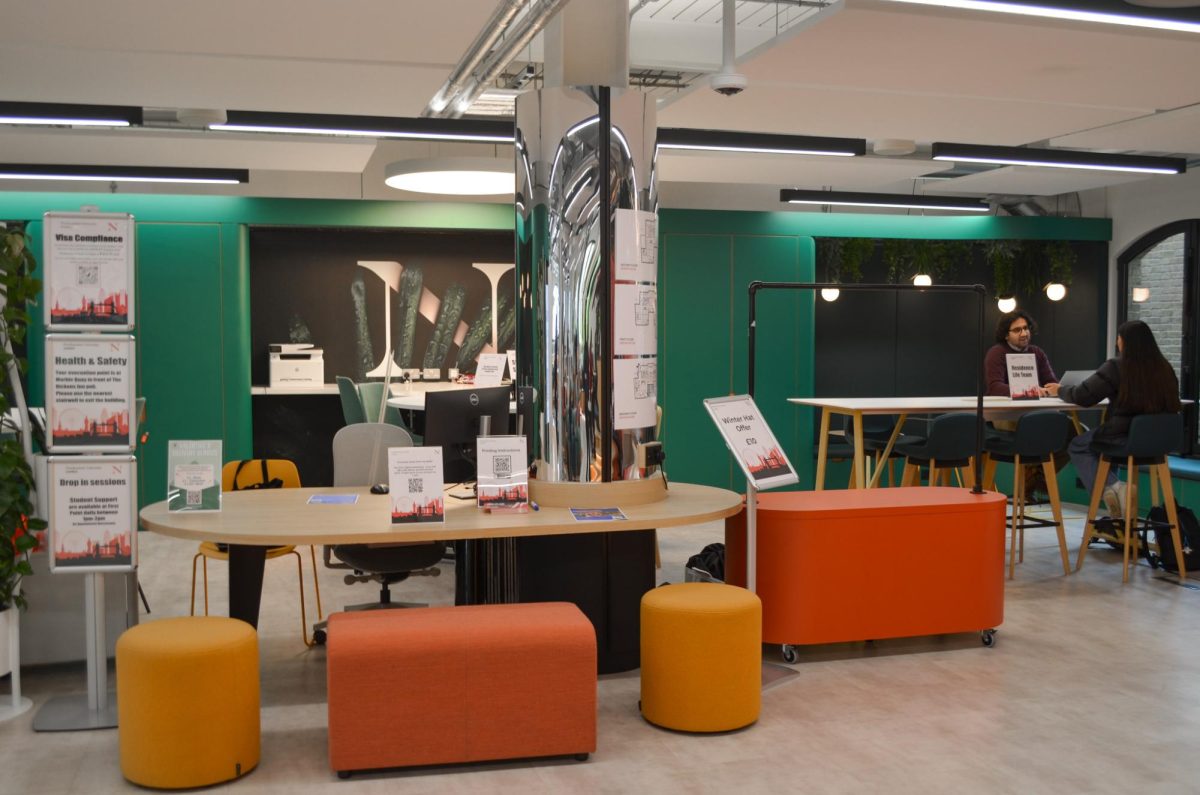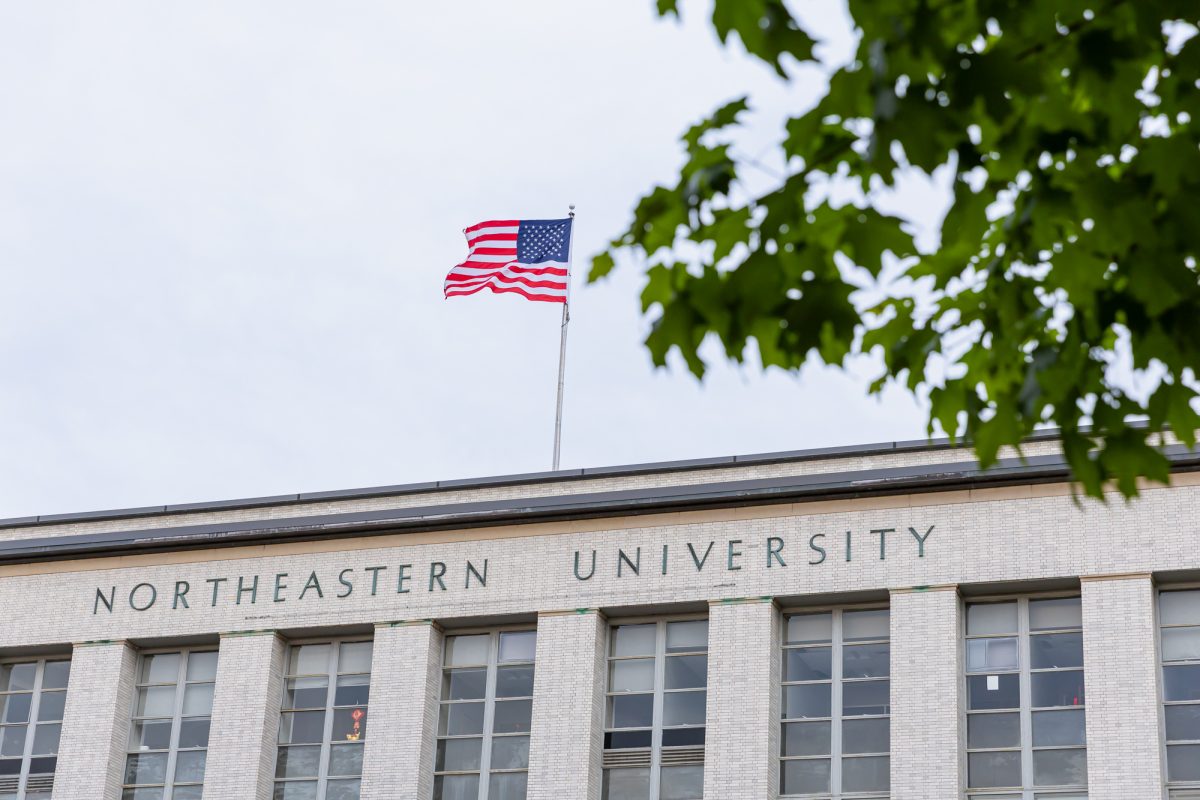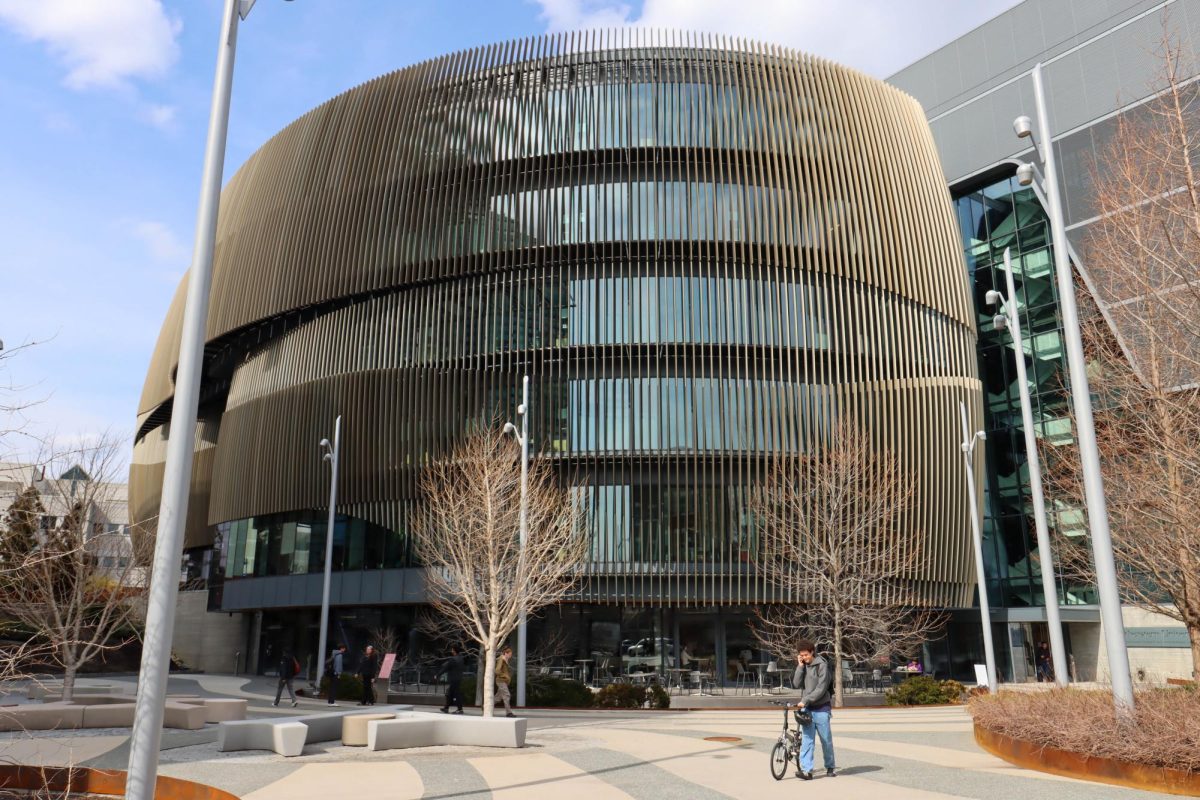The tragic explosion of the Space Shuttle Columbia has touched the lives of many, not only in the United States, but across the world. For members of the Northeastern University community, there is a special connection to the Columbia and its crew.
Many students and faculty were unaware that an experiment from Northeastern was on board the Columbia when an explosion claimed the lives of the seven crew members.
“When seven people lose their lives, it (the experiment) seems pretty small,” said Chemical Engineering Professor Albert Sacco Jr.
Sacco is the Chairman of the Center for Advanced Microgravity Materials Processing (CAMMP) at Northeastern, where the experiment has been headed. He has a special personal connection to the Columbia, having trained several of the lost crew members for three years in preparation for their journey into space. Sacco himself trekked into space in the same shuttle in 1995 for what he describes as the “precursor to the current experiment.”
The CAMMP experiment focused on zeolite crystal growth, trying to use a crystalline material to separate different gases which could be used as a potential energy source. According to Sacco, they have the same experiment currently being conducted on the International Space Station, so the loss of the Columbia will only set the research back about three to four months, though the experiment is not at the forefront of concern at CAMMP right now.
“When I heard, I didn’t give a damn about the experiment,” said Amanda Mendonza, a junior chemistry and environmental geology major working at CAMMP who was able in Florida for the Columbia’s launch on Jan. 16. “I just wanted the crew to be okay.”
When Sacco received phone calls from Kennedy Space Center in Cape Canaveral, Fla., that they had lost contact with the Columbia, he said that happens sometimes for a short period during re-entry. But when he saw on the news that there was a large ball of fire seen over Texas, he became worried and suddenly thought back to the last time he talked to the crew before they left.
“I saw the smiles on their faces when they talked about something pretty special that they had been waiting so long for,” he said.
Mendonza was able to meet the female members of Columbia’s crew, Mission Specialist-2 Kalpana Chawla and Mission Specialist- 4 Laurel Blair Salton Clark. She remembers the encouragement they gave her about one day making it into NASA and space herself.
“To meet two women that were so successful in such a male-dominated field was inspiring,” Mendonza said. “They immediately became my heroes. They taught me that if you have a dream you have to go for it.”
Mendonza says she is still in denial, and holds on to the hope that the crew made it safely back to Earth and are sitting on a tropical island waiting to be picked up. Even though she says watching memorials on television for the crew finally hit her that they are gone, she still likes to hold on to that hope.
“The best memorial we can give to the crew of the Columbia,” Sacco said, “is to not slow down with the space program, but to move forward.”
Mendonza described the launch of the Space Shuttle Columbia with a smile on her face as the most incredible thing she had ever seen. Her smile faded a little when she thought about the next time she had seen the shuttle, on television. But Mendonza says she still feels the inspiration Chawla and Clark and the rest of the crew gave her, and plans to make it to space one day.
“They’re heroes,” she said. “Heroes aren’t supposed to die.”









